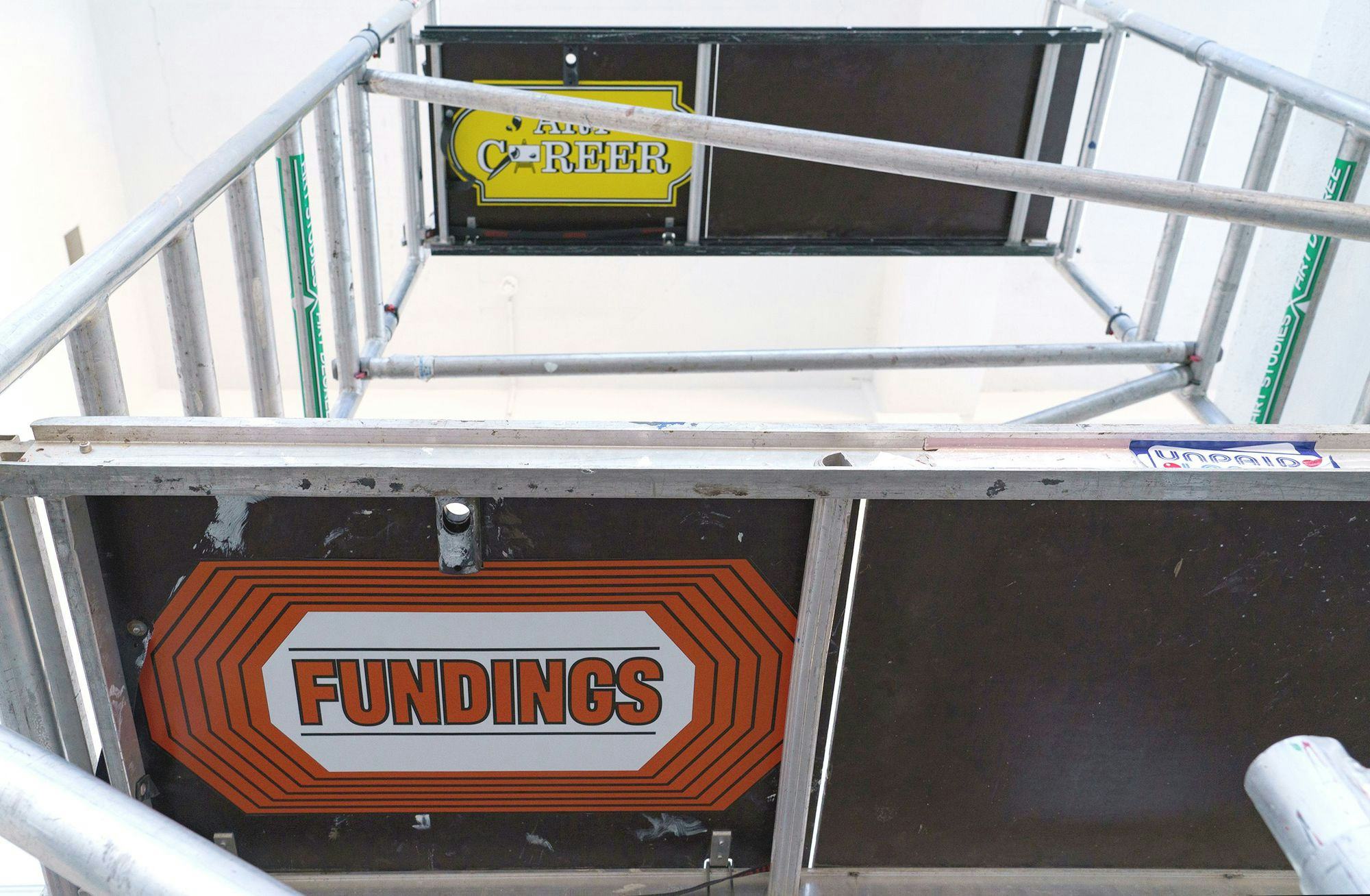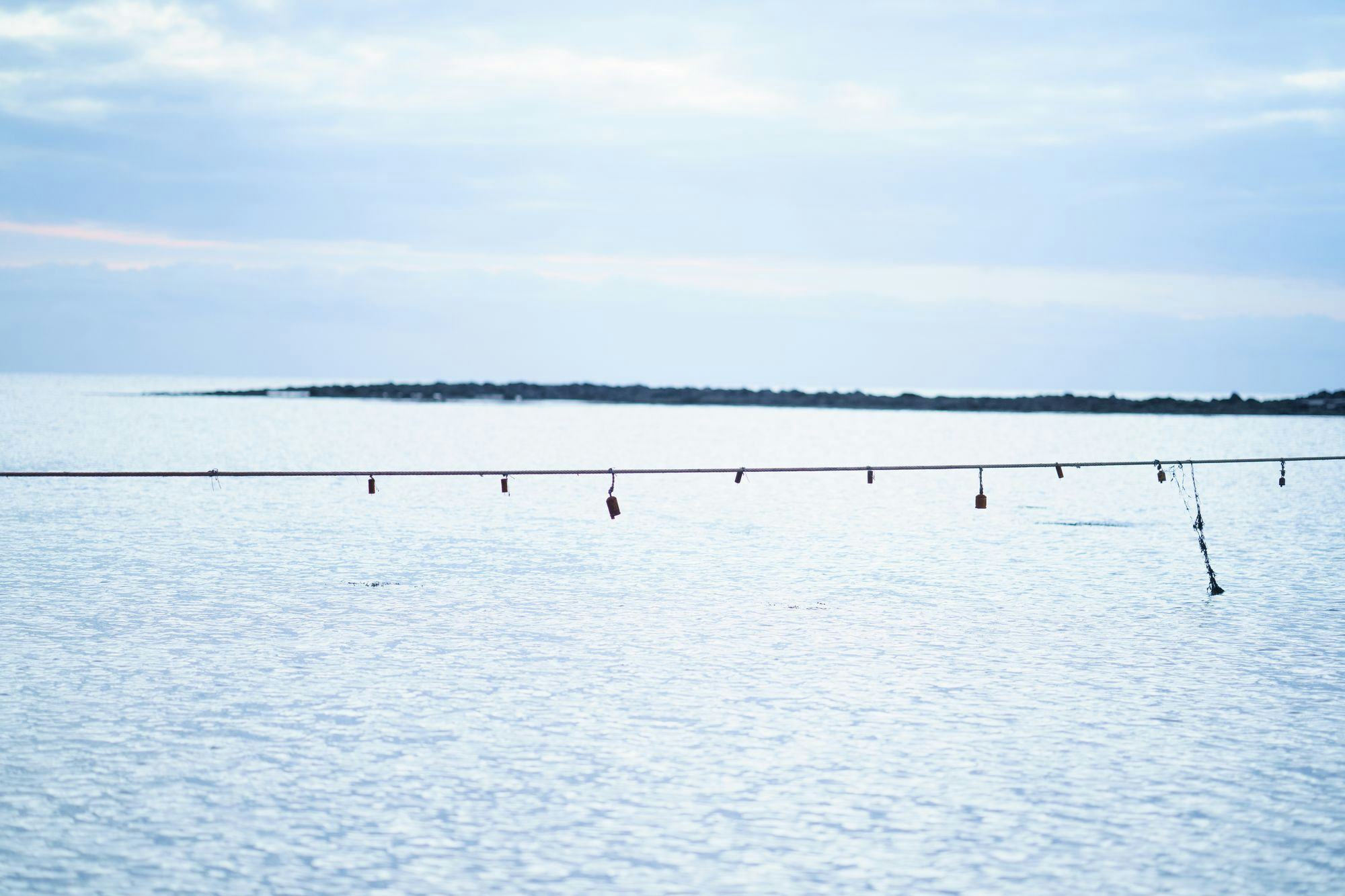Honorary Award 2025: Erró
The Icelandic Visual Arts Council’s Honorary Award 2025 goes to Erró, also known as Guðmundur Guðmundsson.

The Icelandic Visual Arts Council’s Honorary Award 2025 goes to Erró, also known as Guðmundur Guðmundsson. Born in Ólafsvík in 1932, Erró ranks among Iceland´s foremost visual artists. His work has won local and international acclaim in a career spanning over six decades. Erró's work is known for its visual richness. He has been described as a “predator” and a “voracious consumer” of visual material, which refers to his working method of using images of all kinds from various cultures that he collects, categorises, and reuses in a non-hierarchical arrangement. Erró has a unique eye for composition, but he rejects the idea of the artist as a genius and original creator. His original radicalism lies in the desire to take visual art down from the pedestal of high art by using popular imagery. He was an artist of his time, yet he never ceases to redefine himself, until this day.
When Erró began his career as a young artist in Reykjavík at the beginning of the Cold War, abstract painting was the dominant art form, a style that never really appealed to him. He went his own way, painting figures when others painted abstracts. He good-naturedly poked fun at abstract painting in a series of works from 1957 that he entitled Sur-Atom, and exhibited in Listamannaskálinn, the Reykjavík Artists' Pavilion. Erró graduated from the Department of Art Education at the Icelandic School of Arts and Crafts in Reykjavík in 1952, where he studied under Valgerður Briem. However, he quickly discovered that he wasn’t cut out for a career in teaching. Going abroad, he first studied painting and mural art in Oslo. He was influenced by an exhibition of Mexican art in Stockholm and studied expressionist works in German museums. He became fascinated by the works of Bosch and El Greco in the Prado Museum in Madrid. He spent time in Florence and learned mosaic-making in Ravenna before settling in Paris. There, he came into close contact with the leading figures of surrealism and its successors and quickly became part of a new wave of artistic experimentation and political radicalism in which he was fully involved. He made works about the impact of mechanisation, supported the Algerian struggle for independence, and even exhibited pornographic paintings confiscated in Italy. In 1963, Erró travelled to New York for the first time, participating in avant-garde events and performances, trying his hand at experimental films, and being influenced by the visual representation of consumer culture as seen in advertisements, cartoons, and newspaper photographs. Erró became interested in collage early on, which he used to create contrasts. However, in a consumer society flooded with visual material and canned food, the notion of using collages as models for paintings was born. The result was the painting Foodscape from 1964, one of his best-known works. Erró had embarked on a method that he would later develop and build his work on. The process consists of assembling found images that he cuts and pieces together before they become a painting that evokes a new perception of reality.

Erró: Foodscape, 1985.
Erró has described himself as a visual artist who uses raw materials from others, but always in a way that allows recognisable models. In the 1970s, his works often had a satirical political undertone. At the same time, one could find the most diverse subjects on past and present issues that point in various directions and can be classified into separate series. Erró's work has been characterised as Pop Art, Surrealism and Narrative Figuration, but it defies such definitions. His work is in a constant state of renewal as he considers new raw materials. Looking back, Erró's older works and working methods can be seen as harbingers of Postmodern remixes and critiques of Western colonialism and as manifestations of the flow of visual material of all kinds, where everything happens simultaneously everywhere. Erró's paintings erase all sense of time and space but mirror both the present and past, not least art history, where older works are brought forward and placed in a new context. Throughout his career, Erró has strived to use imagery that everyone can understand and media that everyone can access. Despite decades of living in Paris, Erró has always maintained a strong connection to his homeland through a collection of works and personal documents that he bequeathed to the city of Reykjavík in 1989. Erró has also supported young Icelandic female artists through a fund established in 1997 in memory of Guðmunda S. Kristinsdóttir, his maternal aunt.




-icelandic-pavilion-2000x2667.jpg&w=2048&q=80)

